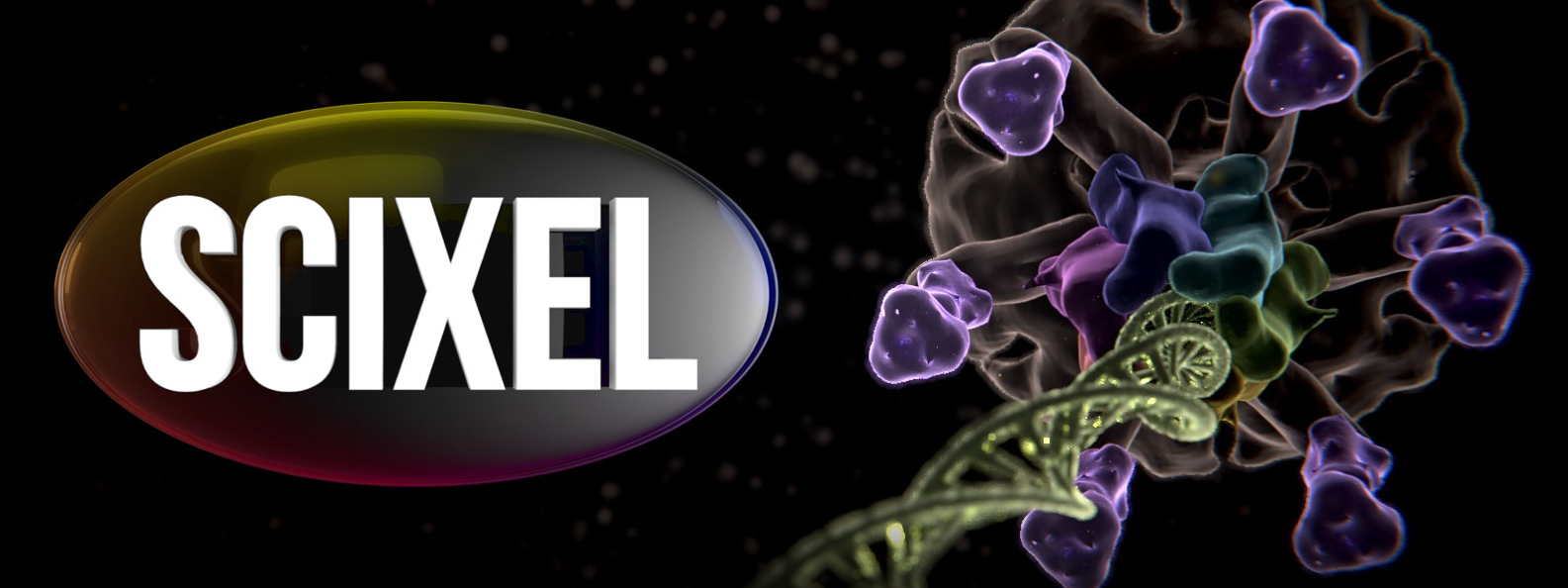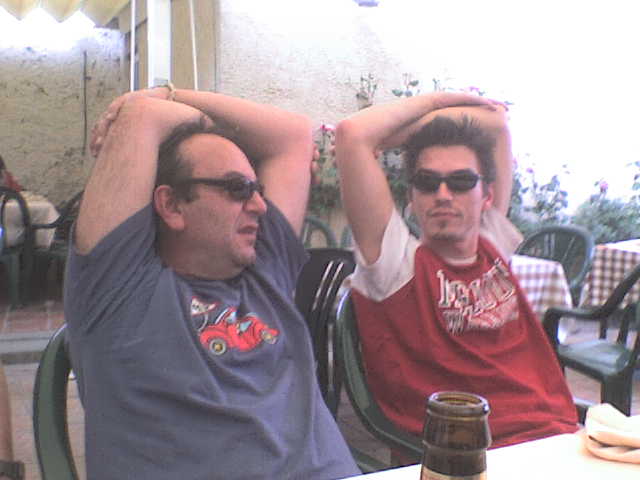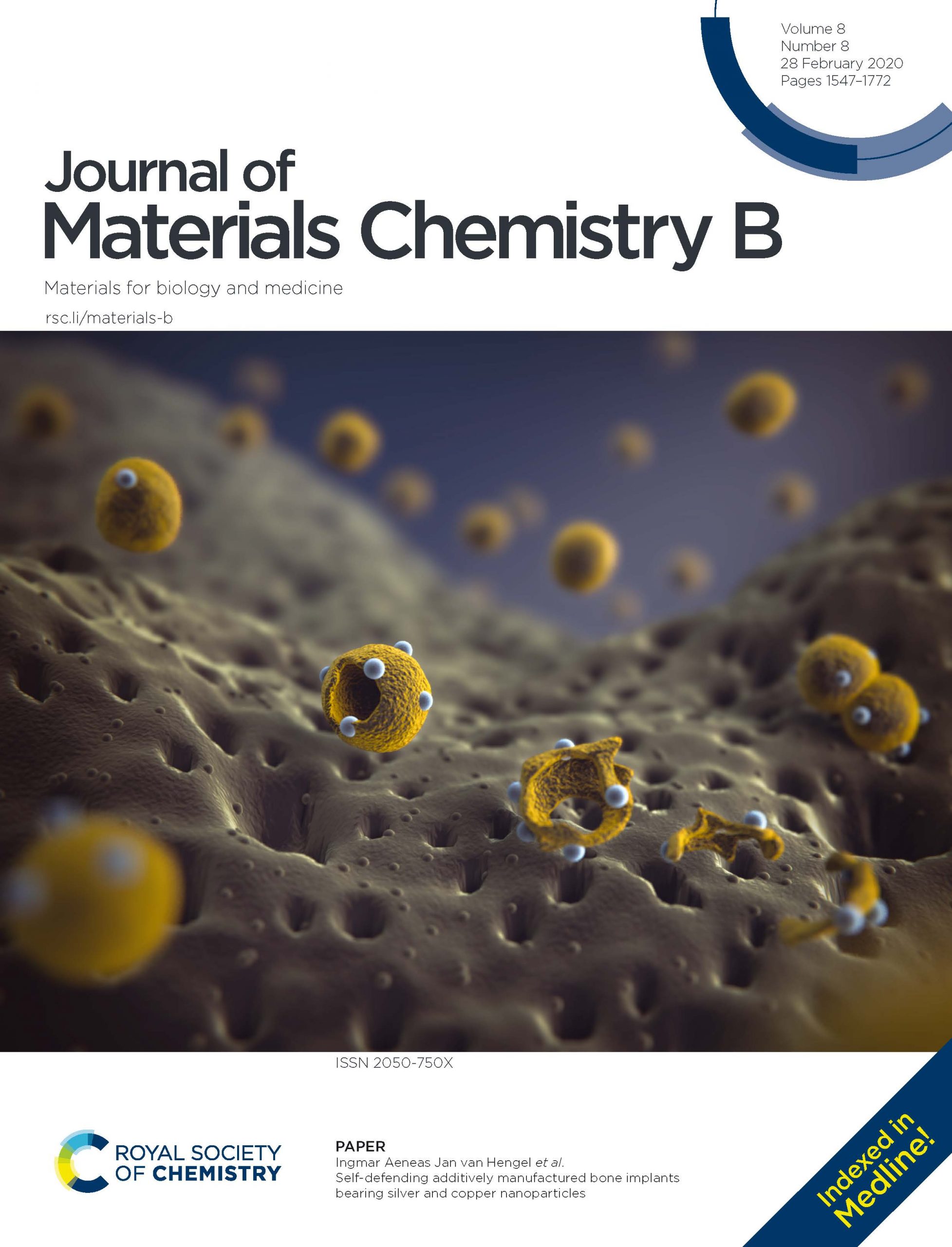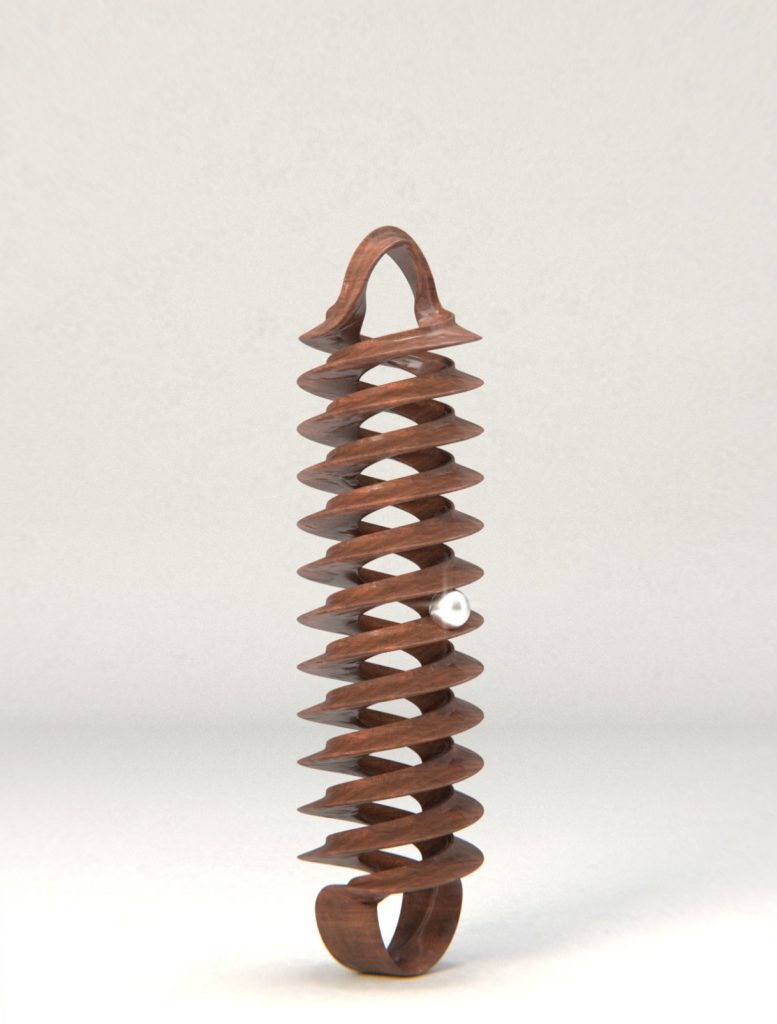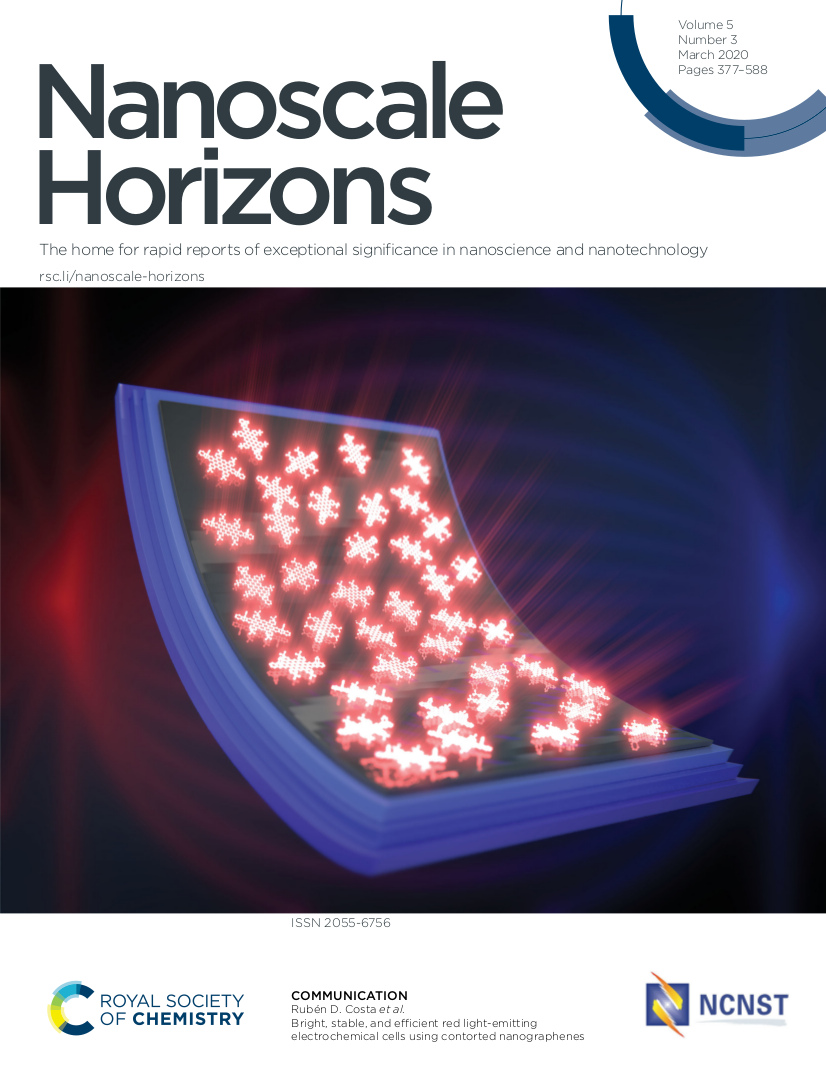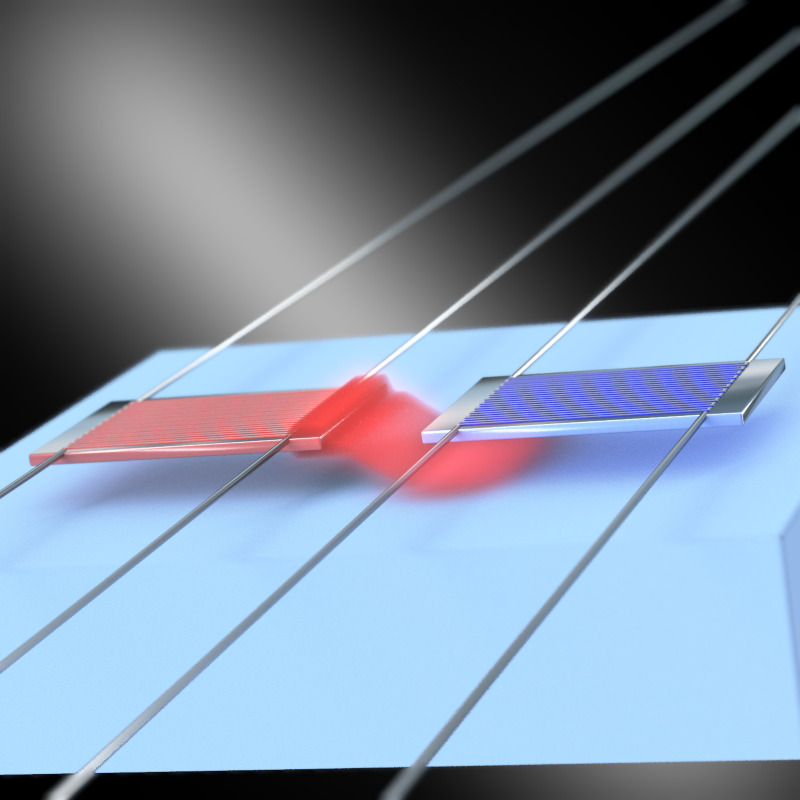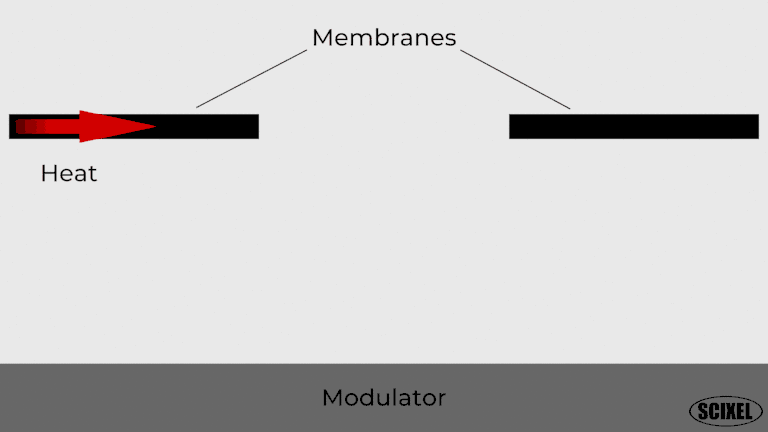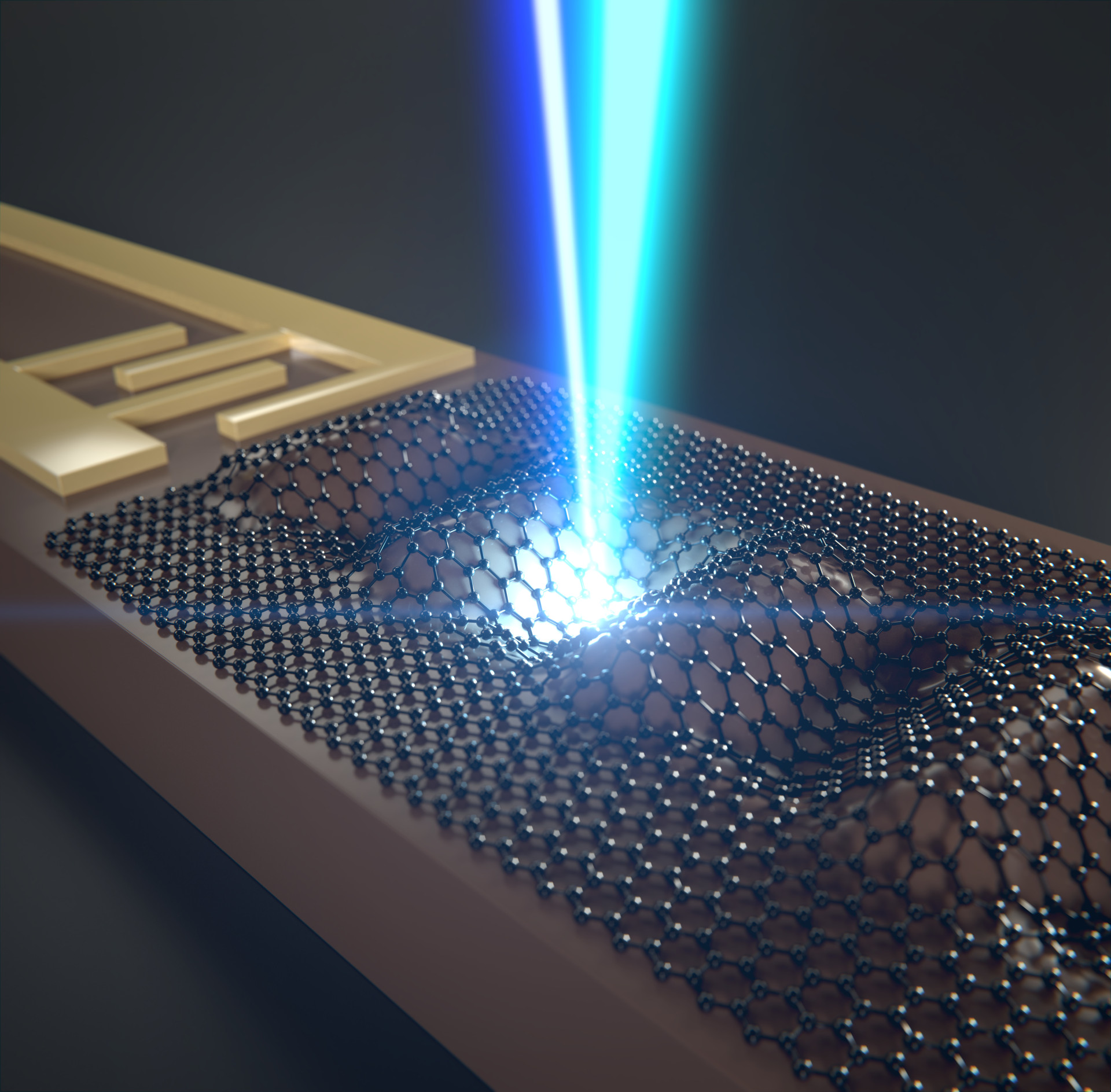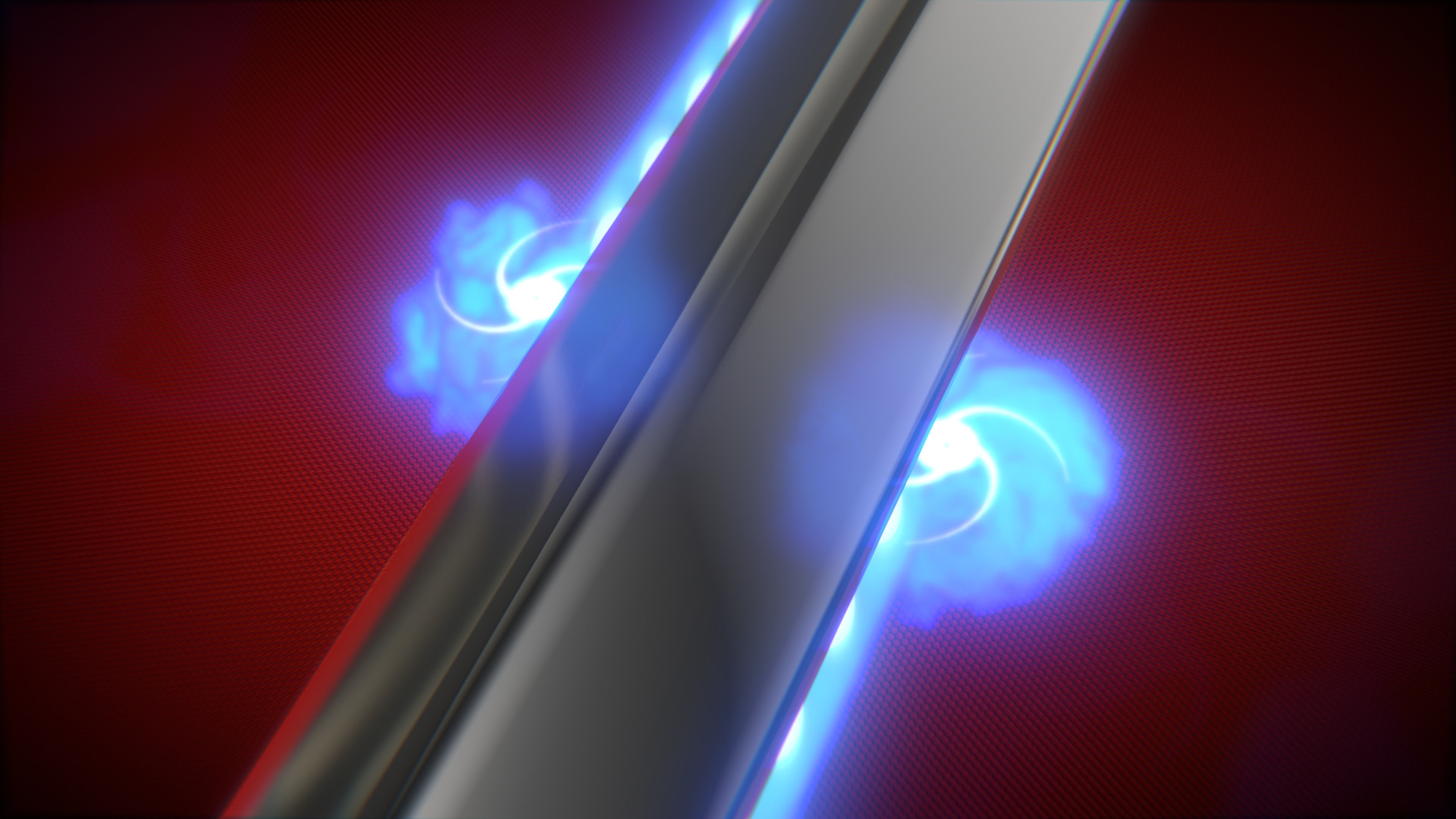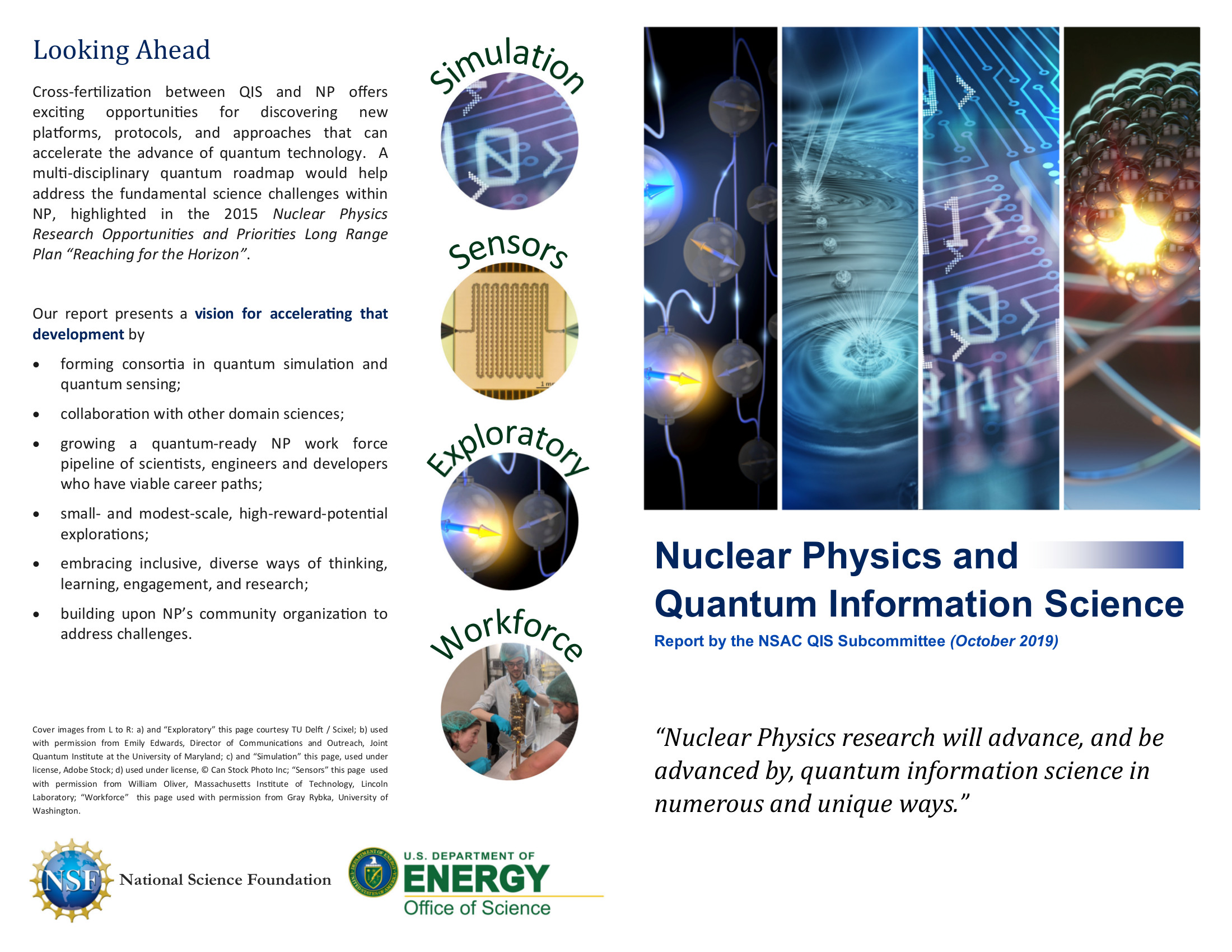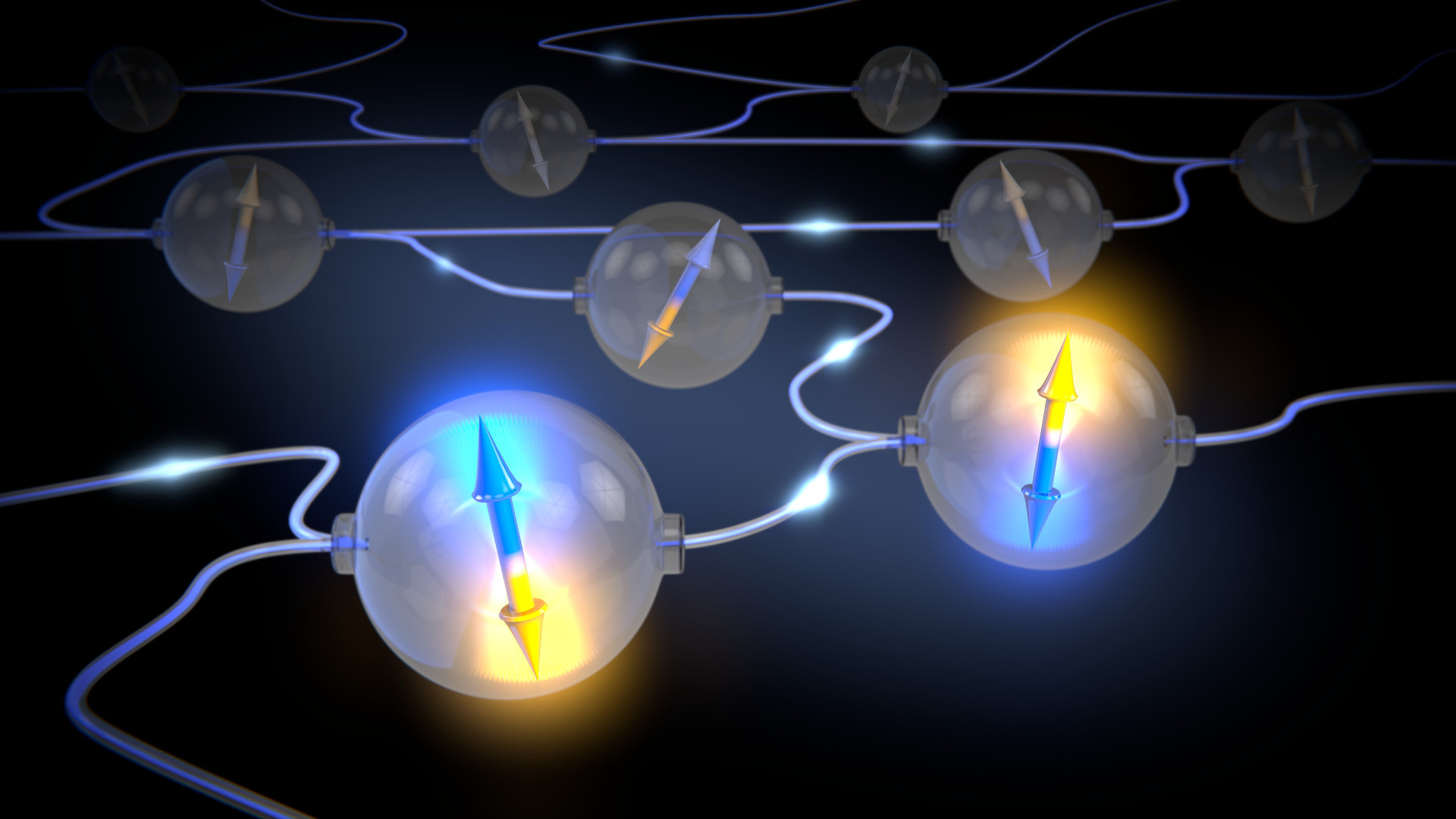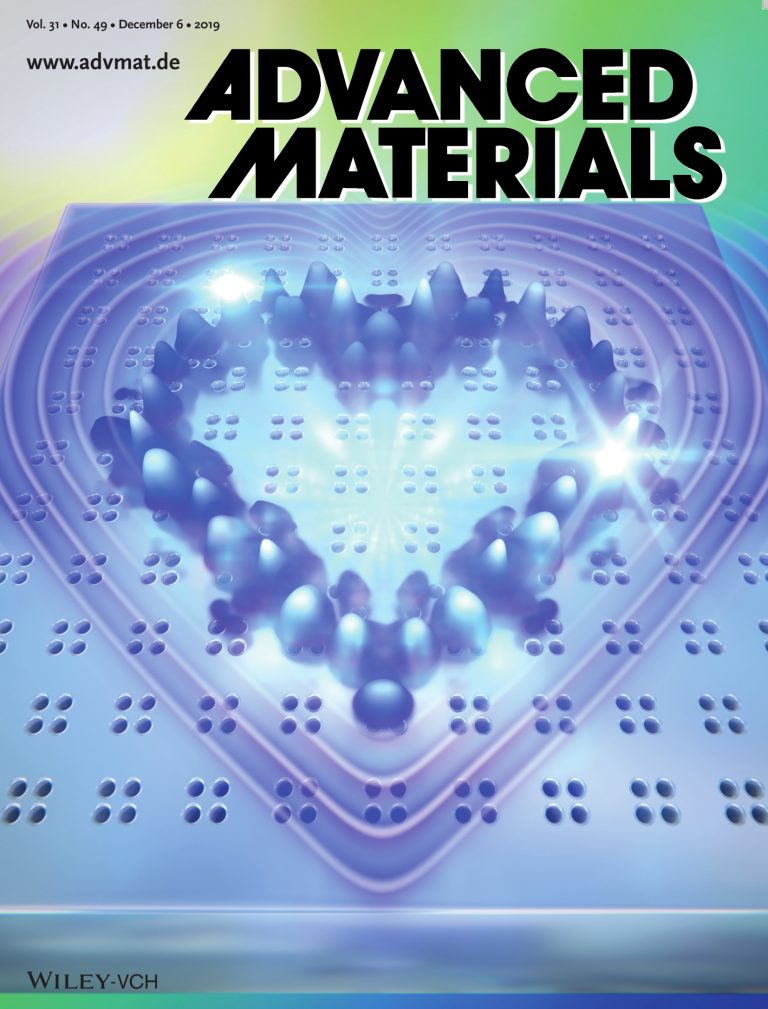We’ve had the fortune to work for researchers that study the drug delivery process. Ana Pizarro at IMDEA Nanociencia is focusing her efforts in the understanding of how and when to activate this drugs. In an article written for Chemistry A European Journal in 2017 she showed how to control in‐tumor drug activation via pH.
Innactive Ruthenium(II) arene complexes are innocuous and unable to interact with their molecular target. However, at a certain proton concentration this molecules are activated making it possible for them to bind to DNA.
Tumors happen to have a different pH than their environment making this complexes a possible option as drug switches.
I inexcusably forgot this work, considering the importance I give to medical related researchs. Her work was featured in the cover of the journal.
